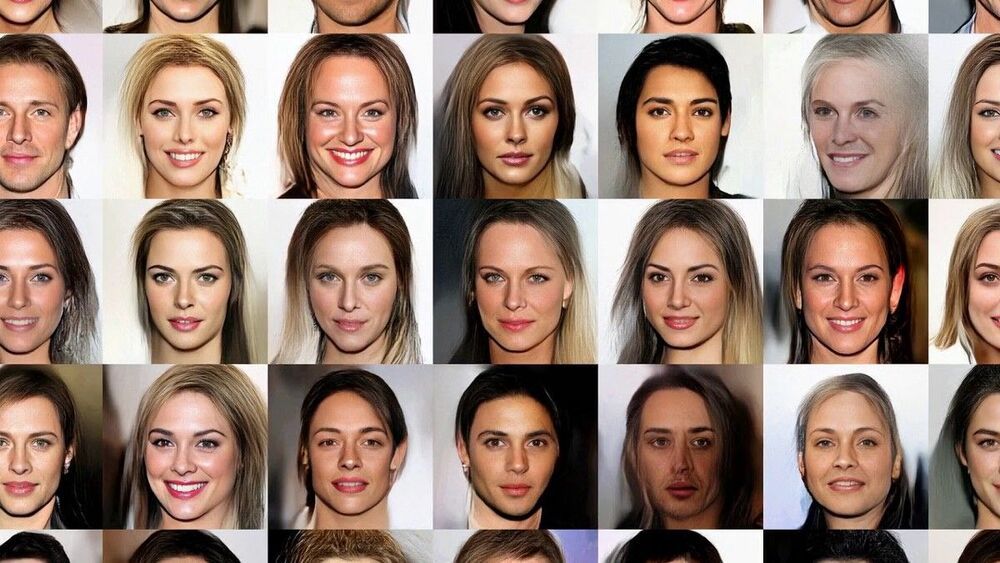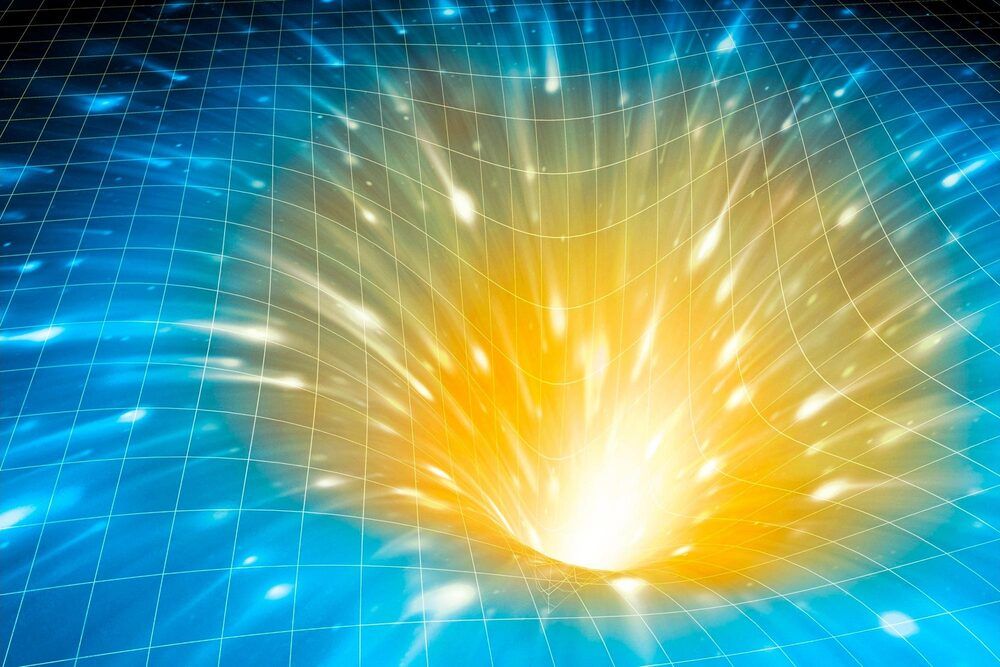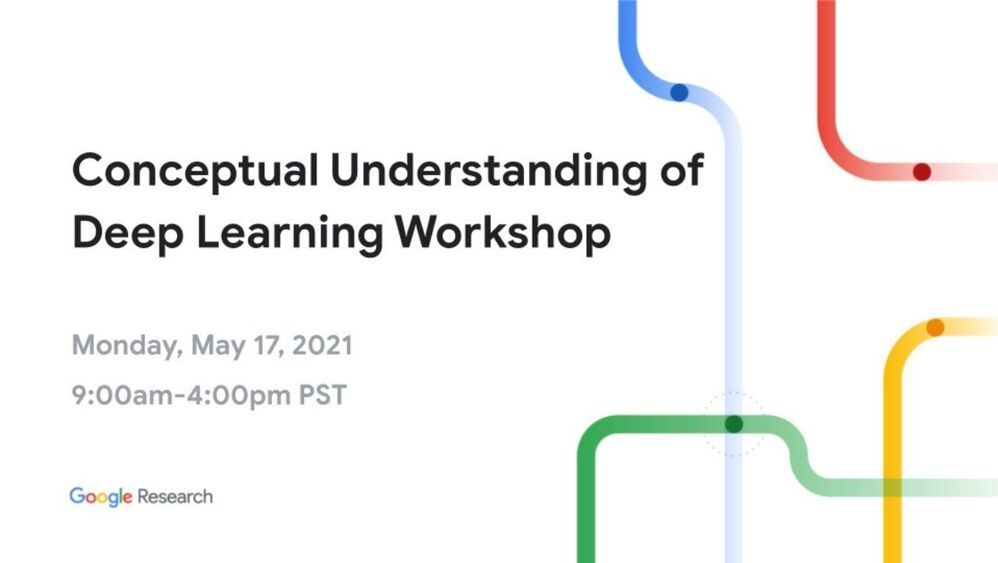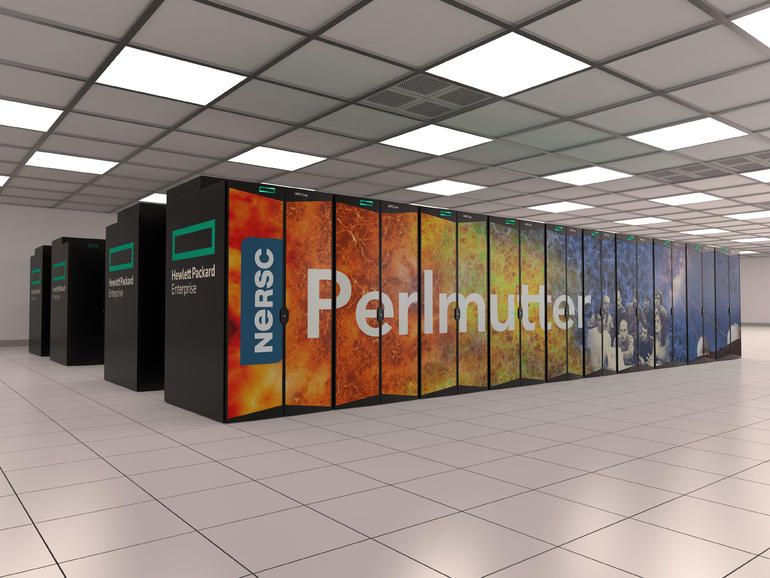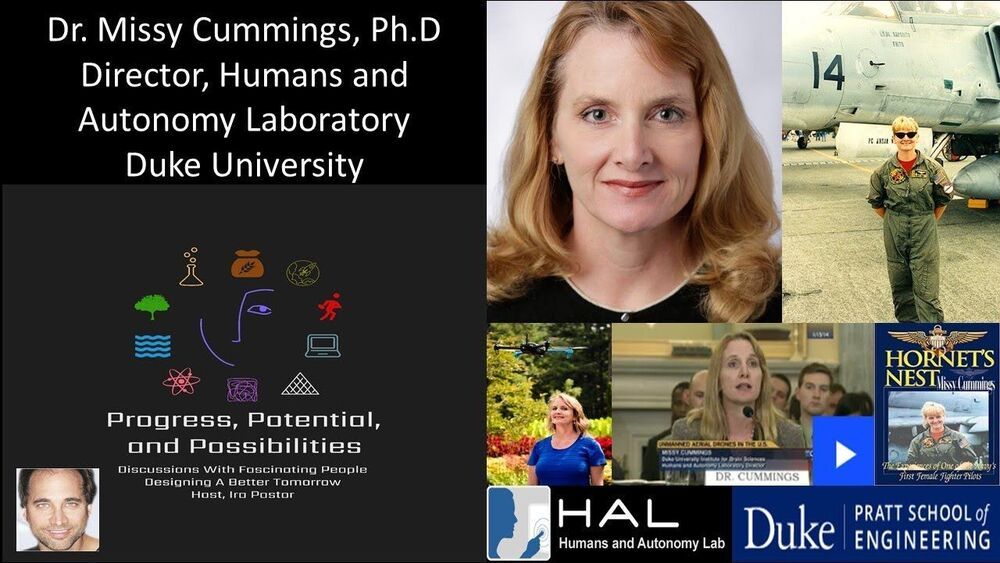Glow is an iconic interesting research about deep neural networks that can generalize with small training sets.
Since the early days of machine learning, artificial intelligence scenarios have faced with two big challenges in order to experience mainstream adoption. First, we have the data efficiency problem that requires machine or deep learning models to be trained using large and accurate datasets which, as we know, are really expensive to build and maintain. Secondly, we have the generalization problem which AI agents face in order to build new knowledge that is different from the training data. Humans, by contrast, are incredibly efficient learning with minimum supervision and rapidly generalizing knowledge from a few data examples.
Generative models are one of the deep learning disciplines that focuses on addressing the two challenges mentioned above. Conceptually, generative models are focused on observing an initial dataset, like a set of pictures, and try to learn how the data was generated. Using more mathematical terms, generative models try to infer all dependencies within very high-dimensional input data, usually specified in the form of a full joint probability distribution. Entire deep learning areas such as speech synthesis or semi-supervised learning are based on generative models. Recently, generative models such as generative adversarial networks(GANs) have become extremely popular within the deep learning community. Recently, OpenAI experimented with a not-very well-known technique called Flow-Based Generative Models in order to improve over existing methods.
